By Terry Sovil from the June 2011 Edition
Visibility
The best season to snorkel or dive Mexico’s Pacific coast is between August and February. From April to May the visibility is reduced from plankton blooms. Manzanillo waters can be affected by several conditions:
Weather – Offshore storms or big swell coming into the bays stirs up the sand on the bottom and brings in suspended particulate.
Algae Blooms – Are a rapid increase in accumulation of algae in the water. These can occur in both fresh water and in marine environments. Some blooms are recognized by discoloration of the water resulting from the high density of pigmented cells. Algal blooms are often green, but they can also be other colors such as yellow-brown or red, depending on the species of algae.
Notable are ‘HABs’ or “harmful algal blooms”. These events involve toxic or otherwise harmful phytoplankton. These blooms often take on a red or brown hue and are known as “red tides”.
Plankton Blooms — Tidal mixing can produce a condition where the warmer surface water becomes completely mixed with the underlying colder water. This condition is both physical and biological and can run for 100’s of nautical miles. These sites are phytoplankton blooms which, under favorable conditions, may develop into red tide.

Upwelling –Is the movement of deeper water into shallow levels. Oceans have ‘layers’ of water. Warmer water doesn’t normally mix with the denser colder water below it and the transition from one layer to the next is called a thermo cline. When a wind blows from the shore it moves surface level water out to sea causing colder water to be brought up and into shallower water. This impacts surface temperatures and brings in nutrients.
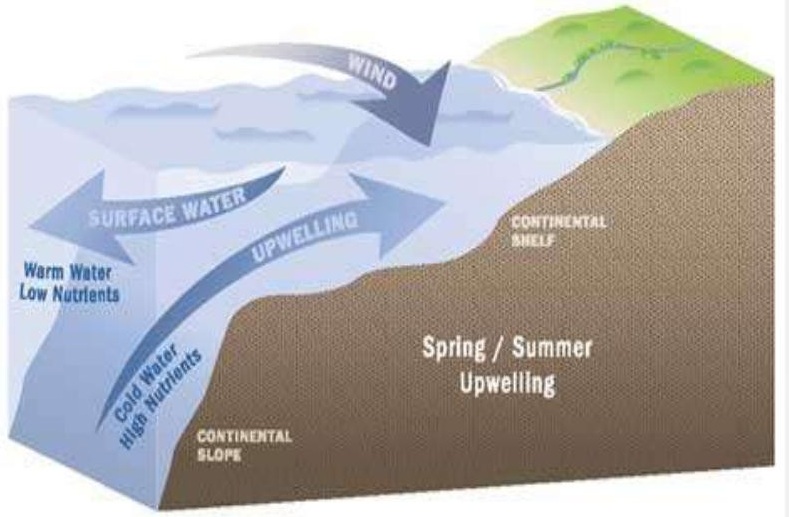
Potentially Harmful Sea Life
There are three types of sea life that divers and swimmers should watch for. This is not a comprehensive list but covers the most common critters that may be encountered in our waters:
1. Stingrays
2. Jellyfish, sea lice
3. Poisonous Fish
Stingrays
Stingrays tend to be in sandy areas bordered by rock but they can be found just under the sandy surface in shallower water anywhere. The stinger, used for protection from predators, is at the end of their tail. A traditional walking “step” entry can easily bring your foot down on the back of a stingray and it will instinctively lash out with its tail. Shuffling your feet will scare them away.
A sting causes an immediate, sharp, excruciating pain that peaks in 1-2 hours. The wound may bleed, become swollen and may turn blue or red. The stinger, or spine, near the base of the tail, is hard and sharp with backward pointing barbs that can cause a jagged cut and make it difficult to remove from a wound because of the back-facing barbs. The intense pain alone forces most people to seek medical help which is always a good idea.
First aid consists of flushing the wound with fresh water, soak in water as hot as can be tolerated and use tweezers to remove parts of the stinger. Apply direct pressure to stop bleeding. Apply an antibiotic ointment.
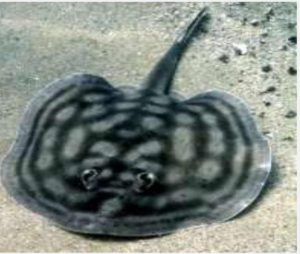
Jellyfish
We often share our beautiful beaches with jellyfish and sea lice. There are about 20 species common in the waters around Mexico. Many cause painful stings. The newer descriptions for jellyfish are ‘jellies’ or ‘sea jellies’. They are free-swimming members of the phylum Cnidaria. There are between 1270-1750 species and they are found in every ocean from the surface to the deep sea.
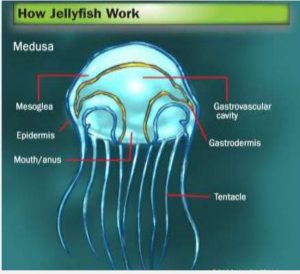
Evidence suggests that jelly populations have swelled due to overfishing which reduces the number of predatory organisms that feed on them. Stings can be painful or not felt at all depending on the jelly. If a large area is involved, it is a child, asthmatic or someone with a history of allergies it is wise to seek medical attention.
Another small critter called “sea lice” can cause discomfort.
Sea lice are the larvae of jellyfish and other stingers. An important consideration is that the “stingers” on jellyfish will continue to sting even on a dead or dried up jellyfish on the beach. Tentacles attached to a person can continue to discharge.
First aid recommendations vary but prevention is the key by protecting exposed skin with a wetsuit or a rash guard. Recommendations run from shaving cream, baking soda, flour, vinegar, ammonia, alcohol, fresh water and sea water. The problem is many of these will encourage the discharge of more stings because these don’t work on every jelly. You need to know the particular jelly for the right first aid. Post sting use a hydrocortisone or calamine lotions to help with the itch.
Sea Urchin
Sea Urchins are small, spiny bottom dwellers with needle sharp spines that are very brittle and will easily break off. They will always be found near rocks, hiding
Amongst them during the day but coming out at night. If you are wading after dark stay a distance from rocks. Stepping on a sea urchin may cause nausea, vomiting, muscle cramps, shortness of breath, localized swelling, redness, and numbness. The spines, difficult to remove, may cause infection. If you are wounded by a sea urchin, make sure your tetanus immunization is current. Remove easy-to-access spines. You may need to seek medical attention if spines are buried deeper.
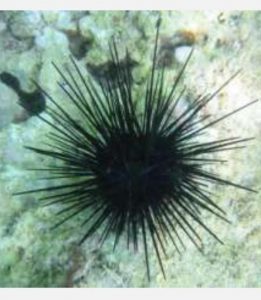
Download the full edition or view it online
—
Terry is a founding partner and scuba instructor for Aquatic Sports and Adventures (Deportes y Aventuras Acuáticas) in Manzanillo. A PADI (Professional Association of Dive Instructors) Master Instructor in his 36th year as a PADI Professional. He also holds 15 Specialty Instructor Course ratings. Terry held a US Coast Guard 50-Ton Masters (Captain’s) License. In his past corporate life, he worked in computers from 1973 to 2005 from a computer operator to a project manager for companies including GE Capital Fleet Services and Target. From 2005 to 2008, he developed and oversaw delivery of training to Target’s Loss Prevention (Asset Protection) employees on the West Coast, USA. He led a network of 80+ instructors, evaluated training, performed needs assessments and gathered feedback on the delivery of training, conducted training in Crisis Leadership and Non-Violent Crisis Intervention to Target executives. Independently, he has taught hundreds of hours of skills-based training in American Red Cross CPR, First Aid, SCUBA and sailing and managed a staff of Project Managers at LogicBay in the production of multi-media training and web sites in a fast-paced environment of artists, instructional designers, writers and developers, creating a variety of interactive training and support products for Fortune 1000 companies.

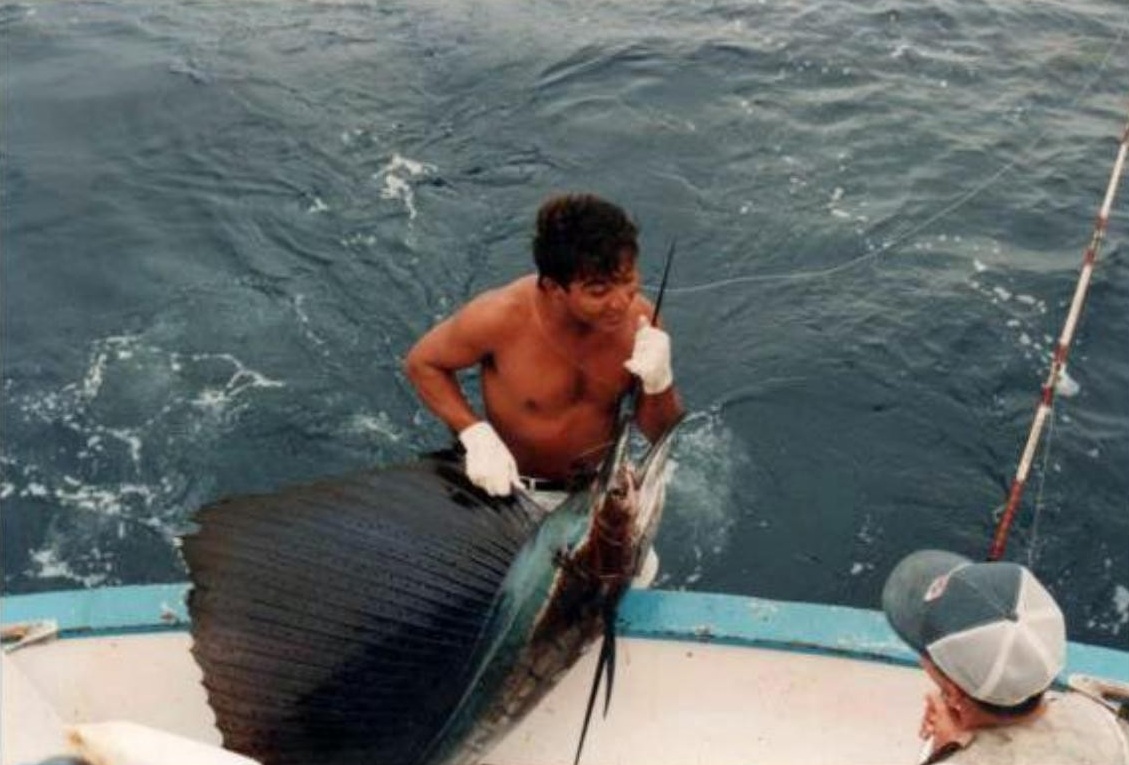
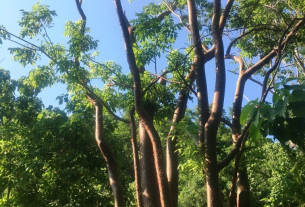

You must be logged in to post a comment.